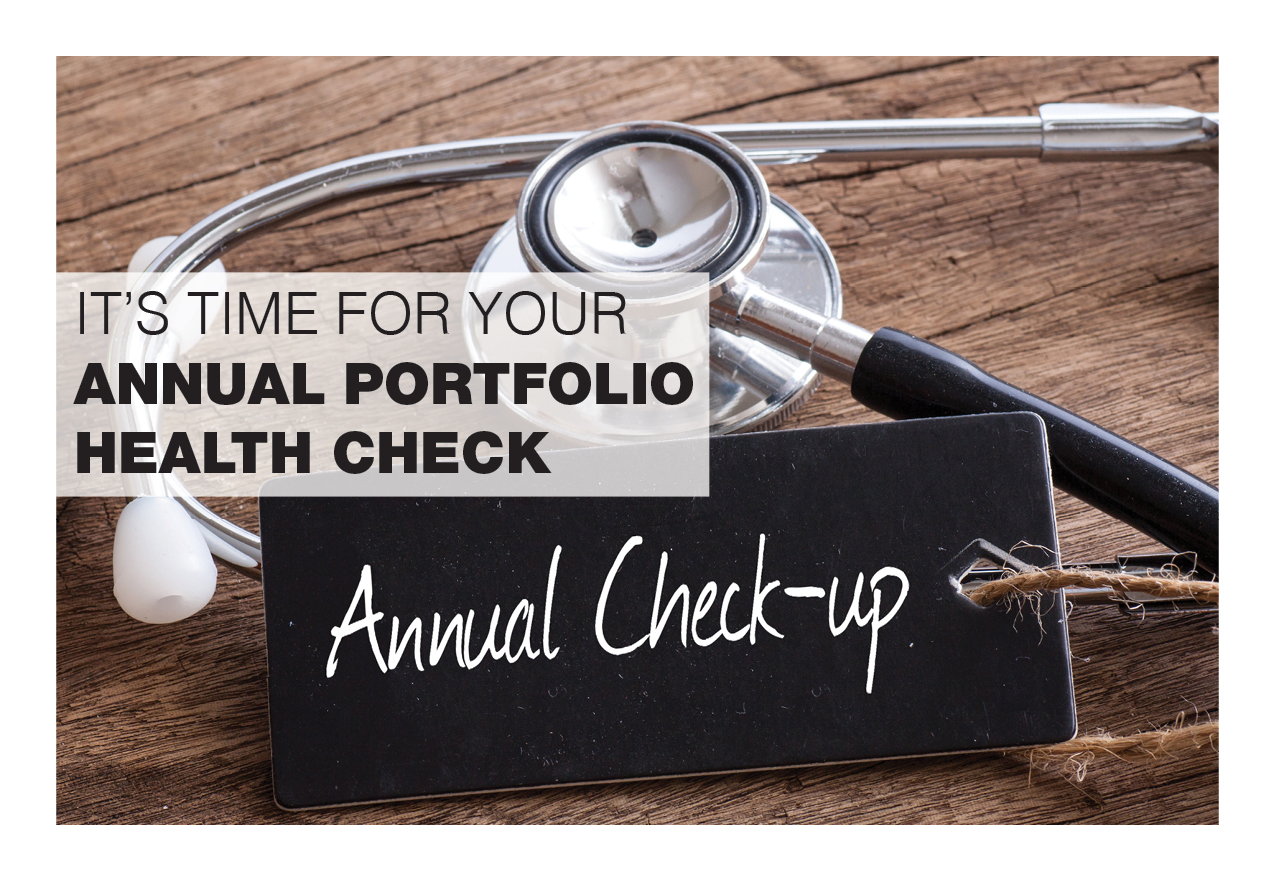An annual check-up is an excellent way to monitor your health. A good doctor can examine you, discuss any issues and study your lab reports for warning signs of problems. For investors, an annual portfolio health check will ensure you understand your current financial position, discuss the outlook and make any appropriate adjustments.
Now is the time to pick up the phone and schedule an annual portfolio review with your financial advisor for early January. By then, you should have received your year-end 2020 statements, an annual reviewpresentation by your financial advisor, so you have an up-to-date understanding of your current position, how your assets have performed and ensure they fit both the economic outlook.
An annual discussion gives you an opportunity to talk about any changes in your personal goals, such as increasing your travel budget, to make up for staying home in 2020. It’s also a chance to talk about anychanges in your personal and family situation. Perhaps an elderly relative needs some additional financialsupport, a child is starting college or there may be a new grandchild in the family. You should also think about whether your tolerance for risk has decreased or increased in the past year.
Analyse Portfolio Performance
In preparing for a portfolio health check, ask your advisor for a performance report that analyses the various asset classes in your portfolio. It also provides the foundation for discussing your strategic asset allocation, your advisor’s allocation and how they feel you should reposition for the year ahead. If you have an independent professional to assist you, we also recommend asking for a performance attribution report.
In the case you are able to review a performance attribution report, this will give you an insight into the value added by your financial manager. Did they select the right stocks, was choosing an ETF the right call or was an actively managed fund a better decision? Being able to value their decision process will enable you to better judge your advisor.
When looking at the performance of an asset class, be sure to measure them against the relevant market’s index. This can also help you determine where your advisor added value by increasing returns or reducingexposure to risk. We find it helpful to have a page showing fees charged over the year, both by the bank and any third-party funds or investments. This will enable you to have an understanding of your costs and ensure they are reasonable, based on your investment goals.
If you don’t have time to do a comprehensive review of your portfolio before meeting your advisor, our firmcan provide an objective, third-party analysis that you can use for your conversation with your advisor.
Review Your Relationship
A portfolio health check also gives you an opportunity to think about your relationship with your advisor. Forexample, are you satisfied with the flow of communications including updates around market conditions? Do you feel your advisor understands what you want and came back with appropriate options? Or if you are a “hands-off” client, are you satisfied with your advisor’s decisions?
If an institution or firm is handling your portfolio, do they keep you up to date with any changes to your team? Ensure you get to know any new people and understand their background to help you feel comfortable with them. Chemistry is critical.
If you are considering changing your advisor, ensure you are doing it for the right reason and look first at the nature of the relationship. Make sure you aren’t making your decision based on fees – “don’t let the tail wag the dog” If you are receiving good service and good performance, you’re probably in the right place.
Remember that a financial advisor, like an attorney or accountant, is there to help you make well-informeddecisions that impact your life. An annual portfolio health check-up is a way for you to ensure that you have the right team around you and enable you to make changes, if they are warranted.

Leave A Comment